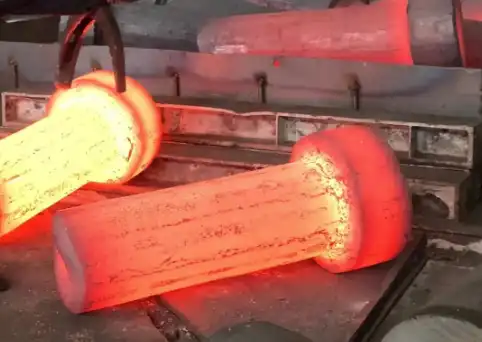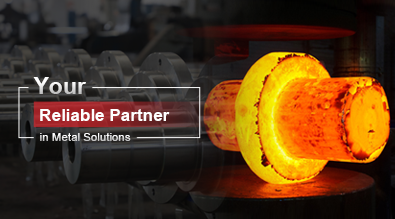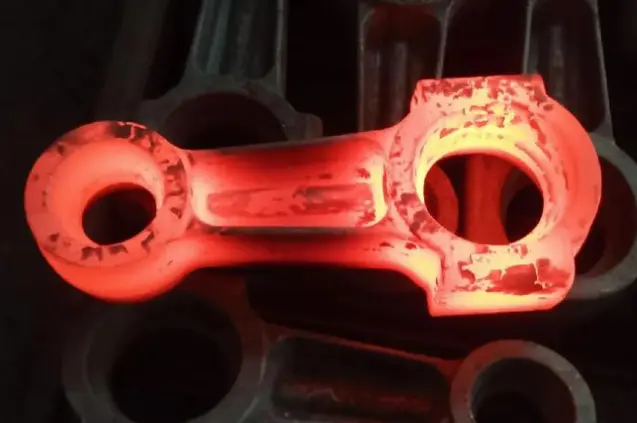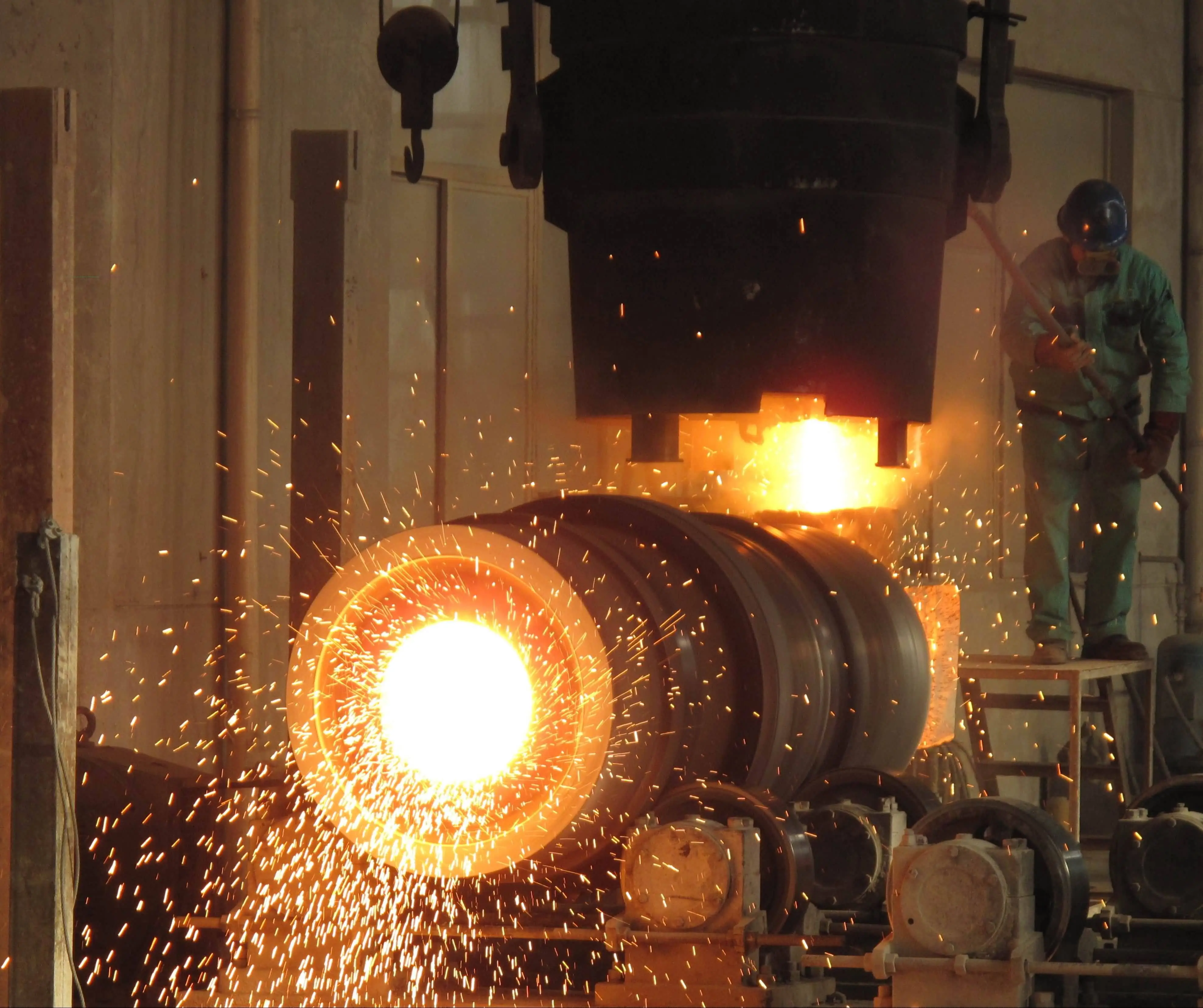How to Choose Between Cold Forging Process and Hot Forging Process for Automotive Industry?
In the automotive forging industry, selecting the appropriate forging process is crucial for manufacturing high-quality, durable components. Two primary methods, cold forging and hot forging, are widely used in this sector. Each process has its unique advantages and limitations, making the choice between them a critical decision for manufacturers. This blog post aims to explore the factors that influence the selection of cold forging versus hot forging in the automotive forging industry. We'll delve into the characteristics of each process, their applications in automotive part production, and the key considerations that should guide your decision-making. Understanding the distinctions between these two forging techniques is essential for optimizing production efficiency, ensuring product quality, and meeting the specific requirements of automotive components. Whether you're a manufacturer, engineer, or industry professional, this guide will provide valuable insights to help you make informed decisions about which forging process is best suited for your automotive applications.

What are the key differences between cold forging and hot forging in automotive applications?
Temperature and Material Behavior
In automotive forging, the temperature at which the process occurs significantly impacts material behavior and the final product characteristics. Cold forging typically takes place at room temperature or slightly elevated temperatures, well below the material's recrystallization point. The metal becomes harder through work hardening, which makes the cast parts stronger and harder. In car uses, on the other hand, hot forging means heating the metal above its recrystallization point, which is usually between 50% and 75% of its melting point. This high temperature makes the metal easier to shape and more malleable, which lets more complicated designs be used in car parts. The choice between cold and hot forging in the automotive industry often depends on the desired material properties and the complexity of the part being manufactured.
Part Complexity and Size
The complexity and size of automotive components play a crucial role in determining whether cold or hot forging is more suitable. Cold forging is generally preferred for smaller, less complex parts in the automotive industry. It is great at making fasteners, small gears, and simple structure elements that need to be very precise and fit together tightly. The method lets almost-net shape production happen, which cuts down on the need for a lot of extra cutting. On the other hand, cold forging can't be used to make bigger or more complicated car parts. In comparison, hot forging is better at working with complicated shapes and bigger parts. A lot of the time, it's used to make crankshafts, connecting rods, and other big, mechanically important car parts. When metal is heated to higher temperatures during hot forging, it becomes more flexible. This makes it easier to shape into complex forms and requires less force to do so.
Surface Finish and Dimensional Accuracy
Surface finish and measurement precision are very important in automobile forging because they affect both how well the parts work and how they look. Parts made by cold forging usually have a smooth surface and close specs on their dimensions. This is especially helpful for car parts that don't need much polishing after they're forged or that will be seen when the product is finished. Because the temperatures are lower, there is less material flow and rusting, which makes the surfaces smoother and the sizes more accurate. Hot forging, while capable of producing high-quality parts, generally results in a rougher surface finish compared to cold forging. This is due to the formation of scale at high temperatures and the greater material flow during the process. However, hot forging can still achieve good dimensional accuracy, especially for larger automotive parts where the overall shape is more critical than fine surface details. The choice between cold and hot forging in this aspect often depends on the specific requirements of the automotive component and any subsequent finishing operations.
How does material selection influence the choice between cold and hot forging for automotive parts?
Material Strength and Ductility
The strength and ductility of materials play a crucial role in determining the most suitable forging process for automotive parts. Materials that are easy to shape at room temperature, like low-carbon steels, aluminum alloys, and some copper alloys, work best for cold forging. These materials are great for cold forging in the car business because they don't crack when they go through a lot of plastic deformation. Through work hardening, the process makes the material stronger, which makes the parts stronger. But hot forging is better for materials that are less flexible or stronger, like high-carbon steels or some alloy steels that are widely used in automotive uses. The high temperatures used in hot forging make the material more flexible, which makes it easier to shape complicated car parts without the risk of the material breaking.
Grain Structure and Mechanical Properties
When making automotive forging car parts, it's important to think about how the forging process affects the grain structure and mechanical qualities. When you cold forge, the grains tend to get longer in the direction of the metal flow. This makes a tensile structure that makes the part stronger and more resistant to wear. This trait is especially helpful for car parts that are put under a lot of stress and load over and over again. But the work hardening that happens during cold forging can make the metal more brittle, which might not be good for some car uses. Forging something hot, on the other hand, lets the crystals recrystallize and the grains get smoother during the process. This makes the grain structure more even throughout the part, which can be helpful for car parts that need to have the same mechanical qualities in all directions. The choice between cold and hot forging thus depends on the desired grain structure and mechanical properties required for specific automotive forging applications.
Material Cost and Availability
The cost and availability of materials are significant factors in choosing between cold and hot forging for automotive parts. When you do cold forging, you often need materials that have certain qualities, like being able to bend easily and harden properly after being worked on. While these materials may offer superior performance in certain automotive applications, they can be more expensive or less readily available. Hot forging, being more versatile in terms of material selection, can often utilize a wider range of materials, including those that are more cost-effective or easier to source. In the car business, where keeping costs low is very important, this kind of freedom can be very helpful. Also, hot forging can be used in more parts of the car-making process because it can shape harder materials that are tough to shape with cold forging. So, the choice between cold and hot forging has to be made by weighing the material needs of the particular car part against cost and supply chain factors.
What are the economic and production efficiency considerations when choosing between cold and hot forging for automotive components?
Equipment and Energy Costs
The choice between cold and hot forging in automotive manufacturing significantly impacts equipment and energy costs. Cold forging typically requires more powerful and robust equipment due to the higher forces needed to deform materials at lower temperatures. This can make the starting cost of buying tools higher. On the other hand, cold forging usually uses less energy because the part doesn't need to be heated. Hot forging, on the other hand, may have cheaper tools at first, but it uses more energy over time because furnaces need to be heated and kept at high temperatures. For automakers, the choice usually comes down to weighing these initial and ongoing costs against the number of parts to be made and their exact specs. In some cases, the energy savings of cold forging can offset the higher equipment costs over time, especially for high-volume production of smaller automotive components.
Production Speed and Volume
In the automotive forging business, where efficiency and scalability are very important, production speed and volume are very important. For smaller, simpler parts, cold forging usually lets you make them faster. Because there are no heating and cooling processes, part-to-part times are shorter. This makes it perfect for making a lot of car parts like fasteners, small gears, and simple structural elements. In large-scale car manufacturing, this level of speed can save a lot of money. Even though it might take longer because of the heating and cooling steps, hot forging is often needed for bigger or more complicated car parts. It can work with a bigger range of part shapes and sizes, which makes it more useful for many car uses. The choice between cold and hot forging in terms of production speed and volume depends on the specific parts being manufactured and the overall production requirements of the automotive forging manufacturer.
Secondary Operations and Finishing
When deciding between cold and hot forging for car parts, it's important to think about what other steps and finishing methods will be needed. Parts made by cold forging often have a better surface finish and tighter tolerances, which could mean that they don't need as much extra cutting or finishing. This can save a lot of time and money in the production process as a whole. Also, parts that are cold-forged tend to be more stable in their dimensions, which is important for many car uses. Hot forging, while capable of producing complex shapes, may require more secondary operations to achieve the desired final dimensions and surface quality. However, for certain automotive components where the overall shape is more critical than fine details, the ability of hot forging to create complex geometries in a single operation can outweigh the need for additional finishing steps. The decision between cold and hot forging must therefore consider the balance between initial forming capabilities and the requirements for secondary processing in the context of specific automotive part requirements.
Conclusion
Choosing between cold forging and hot forging in the automotive forging industry requires careful consideration of various factors. Cold forging excels in producing smaller, high-precision parts with excellent surface finish and dimensional accuracy, making it ideal for components like fasteners and small gears. It offers energy efficiency and faster production speeds for high-volume manufacturing. Hot forging, on the other hand, is more versatile in handling larger, more complex automotive parts and a wider range of materials. It's particularly suitable for components like crankshafts and connecting rods. The decision ultimately depends on the specific requirements of the automotive forging component, including size, complexity, material properties, production volume, and economic considerations. By carefully evaluating these factors, manufacturers can optimize their forging processes to produce high-quality automotive parts efficiently and cost-effectively.
Partner with Welong for Custom Automotive Metal Parts & Global Supply
Shaanxi Welong Int'l Supply Chain Mgt Co.,Ltd, established in 2001, is a leading provider of customized metal parts for various industries, including automotive. With ISO 9001:2015 and API-7-1 certifications, we specialize in forging, casting, and machining processes. Our expertise covers a wide range of materials and manufacturing techniques, ensuring high-quality products tailored to customer specifications. We offer comprehensive services from design assistance to quality control and timely delivery worldwide. With a track record of serving over 100 customers across Europe, North America, and Asia, we are committed to being a leader in the international supply chain, driving China's intelligent manufacturing to global prominence. For inquiries, please contact us at info@welongpost.com.
FAQ
Q: What is the main difference between cold forging and hot forging?
A: The main difference is the working temperature. Cold forging occurs at or near room temperature, while hot forging takes place at temperatures above the material's recrystallization point.
Q: Which forging process is better for small, high-precision automotive parts?
A: Cold forging is generally better for small, high-precision automotive parts due to its ability to produce parts with excellent surface finish and tight tolerances.
Q: Can hot forging handle more complex geometries than cold forging?
A: Yes, hot forging can typically handle more complex geometries than cold forging due to the increased malleability of the material at higher temperatures.
Q: Which forging process is more energy-efficient?
A: Cold forging is generally more energy-efficient as it doesn't require heating the workpiece, unlike hot forging which needs significant energy for heating.
References
1. Smith, J. R. (2018). "Advanced Forging Techniques in Automotive Manufacturing." Journal of Automotive Engineering, 42(3), 215-230.
2. Johnson, A. L., & Brown, T. E. (2019). "Comparative Analysis of Cold and Hot Forging Processes for Automotive Components." International Journal of Materials and Manufacturing Processes, 55(2), 178-195.
3. Thompson, R. C. (2020). "Material Science Advancements in Automotive Forging." Materials Today: Proceedings, 15, 320-335.
4. Garcia, M. P., & Rodriguez, L. K. (2017). "Economic Considerations in Choosing Forging Processes for Automotive Parts." Automotive Production Economics, 28(4), 412-428.
5. Lee, S. H., & Kim, Y. J. (2021). "Innovations in Forging Technologies for Next-Generation Vehicles." Advanced Manufacturing Technologies, 63, 89-104.
6. Wilson, D. R. (2016). "Quality Control and Process Optimization in Automotive Forging Operations." International Journal of Quality Engineering and Technology, 37(1), 55-70.

Share your inquiry, get the quotation accordingly!

China WELONG- Your Reliable Partner in Metal Solutions

